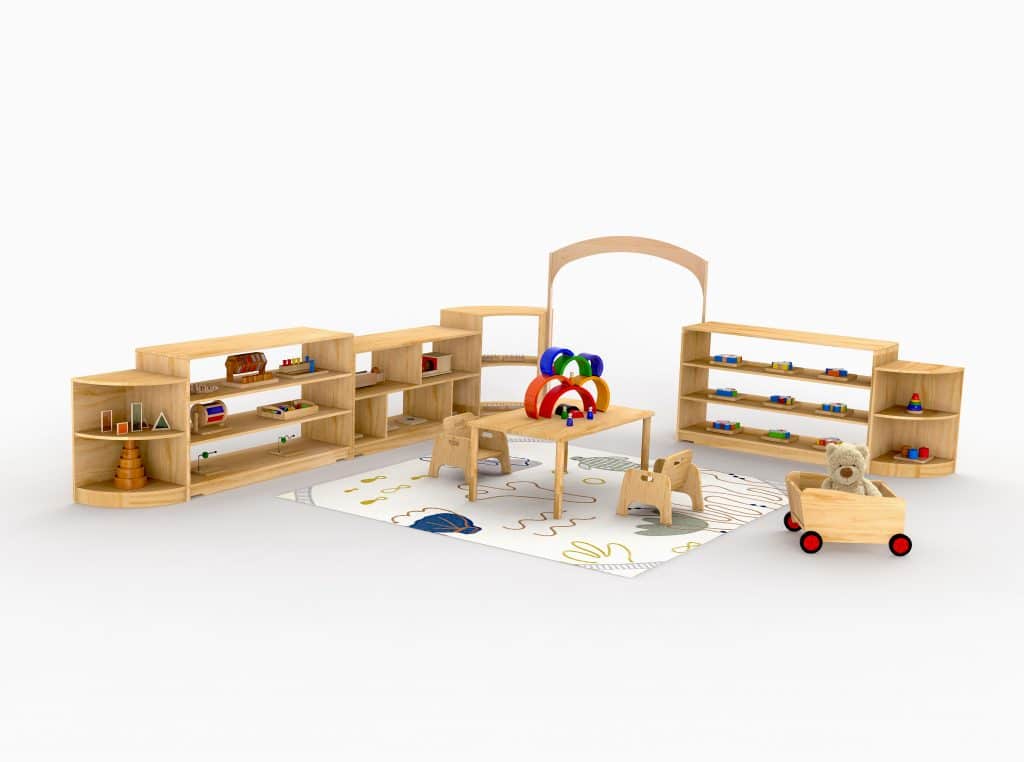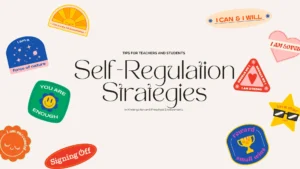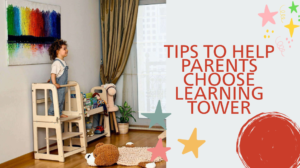Dr. Montessori believed that others educate no man; he must educate himself. In the early years of childhood, the purpose of education should be not to cram selected facts into the child but to foster their desire to learn spontaneously. In the Montessori classroom, this can be achieved in two ways: first, by allowing the child to experience the joy of freely chosen learning, and second, by helping the child improve the tools of learning. In this way, children will maximize their abilities in the learning environment of the future.
–Aline D Worf, “A Montessori Classroom”
When we talk about Montessori education, we must mention a central high-frequency word, “complete environment.” Proper Montessori school education is only when a genuinely complete environment.
So, what exactly is the perfect environment for a Montessori school? Montessori classrooms have four general complete environments: 0-3 years old (Nido environment and IC environment), 3-6 years old Case environment, and 6-12 years old Primary environment. Today we will focus on the Nido environment.
What is the Montessori Nido environment?
Nido is an Italian word meaning nest, which also means home, and the Nido environment should be like a family, a comfortable and warm space with toys and materials made of natural materials, all furniture and designs are made according to the child’s size, there will be soft carpets, comfortable mattresses, and low children’s sofas, etc. to ensure the children’s safety and provide a comfortable environment.
Nido classes generally accept infants from 2 months to 12/15 months of age. Each country has a different ratio of teachers to students. According to the American AMI Association standards, the percentage of a class is one headteacher plus one assistant teacher for 6-9 children.
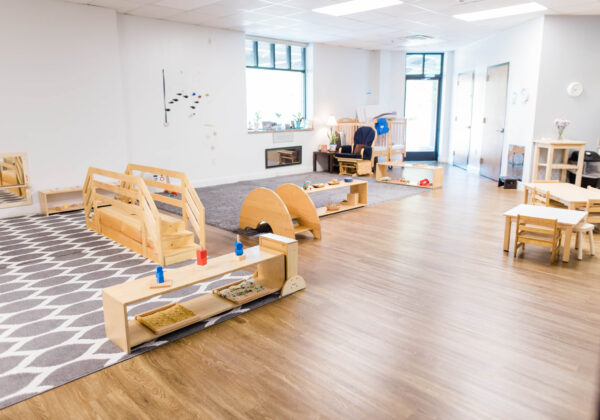
How do I design a Nido classroom?
Before designing a Nido classroom, it is essential to understand the functional areas and products that a Nido classroom should have. Xihamontessori will have a professional design team to help you with the design for free; if you have design needs, you can click the picture below.

What are the functional areas of a Nido classroom?
The entrance of Nido is an entry, just like the entrance of every home is a foyer. It is an overstuffed space. In this space, children change clothes and shoes, pack their things and complete the spatial transition from home to the school environment.

I. Sleeping area
Eating and sleeping well is undoubtedly the greatest physiological need for 0-3 children. The sleeping area is set up to demonstrate the maximum developmental support for independent sleep in infants from the Montessori perspective. In the sleeping area, each child has their floor bed, and some schools in the Nido environment use cribs for infants who are not yet mobile. Here, each child sleeps at a time determined by their own needs.
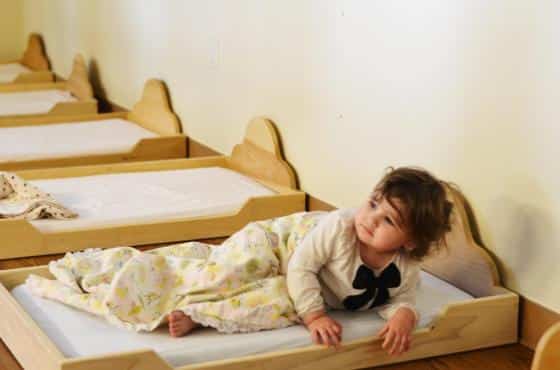
II. Mealtime area
The eating area in the Montessori Nido environment is generally the same as in the home environment. We want children to enjoy their mealtime, not to eat as a task to be completed, so the designer should respect the speed and rhythm of their meals. When they can sit up on their own, the teacher will help them learn to eat on their own.

The eating area needs to have adult chairs that will allow the teacher to feed infants who can’t yet eat independently. And children who can sit can sit at the small weaning table to eat independently.
For tiny babies who need to be bottle-fed, the teacher will sit in the chair and hold the baby for feeding. Once children can sit and eat independently, they can lean on the low table and eat with their partners. Children will also learn to drink from a glass and learn to use a spoon.
III. Activity Area
Infants and toddlers spend their waking hours exploring. Before their bodies learn to crawl, they see with their eyes, hear with their ears, smell with their nose, touch with their hands, and bite with their teeth; after their bodies can move, they crawl and explore. The Montessori Nido environment encourages children to explore freely so that you won’t see fences, walkers, or children’s high chairs here.
This area is the same as the newborn area in the home environment, with activity blankets, mirrors, dangling bells, and various toys and materials that stimulate the child’s vision and are suitable for the child’s unconscious tapping, grasping, kicking biting. Ideal for babies 2-6 months old who can’t crawl yet.
Once children can crawl, they need enough space to practice crawling. They can crawl to the low cabinet to get things to play with. These materials must be able to stimulate their sense of sight hearing touch. You can also prepare channels, stairs, ramps for them to crawl.
When the child can support themselves to stand, you can set up a railing for the child to help themselves, and you can also set up small stairs for them to walk.

Infants, though tender, are excellent unconscious sensory learners. They need a wealth of sensory stimulation to complete the effective absorption of all environmental information, automatically incarnate into a part of themselves, and then complete this stage of development. In the Nido environment, we have prepared all the hearing, sight, smell, taste, and touch elements for these youngest learners to meet their unspeakable and urgent development needs.

IV. Nursing area
The nursing area has changing tables, low stools, and baby toilets. When the child cannot move, the teacher will change the child’s diaper at the changing table. When the child can stand, let him stand and change. Teachers and parents will also help children with toilet training. Children can also sit on a low stool, take off their pants, and put on pants themselves. In the nursing area, we also try to give children opportunities to cultivate the habit of doing what they can do.

Where can I buy the products I need?
Xihamontessori is a Chinese factory specializing in producing children’s wooden products. A professional team here can provide one-stop service from classroom design to product production, transportation, and installation.
0-1 years old is an important time for children’s development. We hope that through environmental settings and the company of teachers, children can have a good start in life. As Dr. Montessori said, we are doing “Montessori inspired”.
After the children in the Nido class can walk, they will enter the next stage of the classroom, Infant Community, which is what we call the IC classroom. In the following article, I will introduce the Montessori IC classroom.

